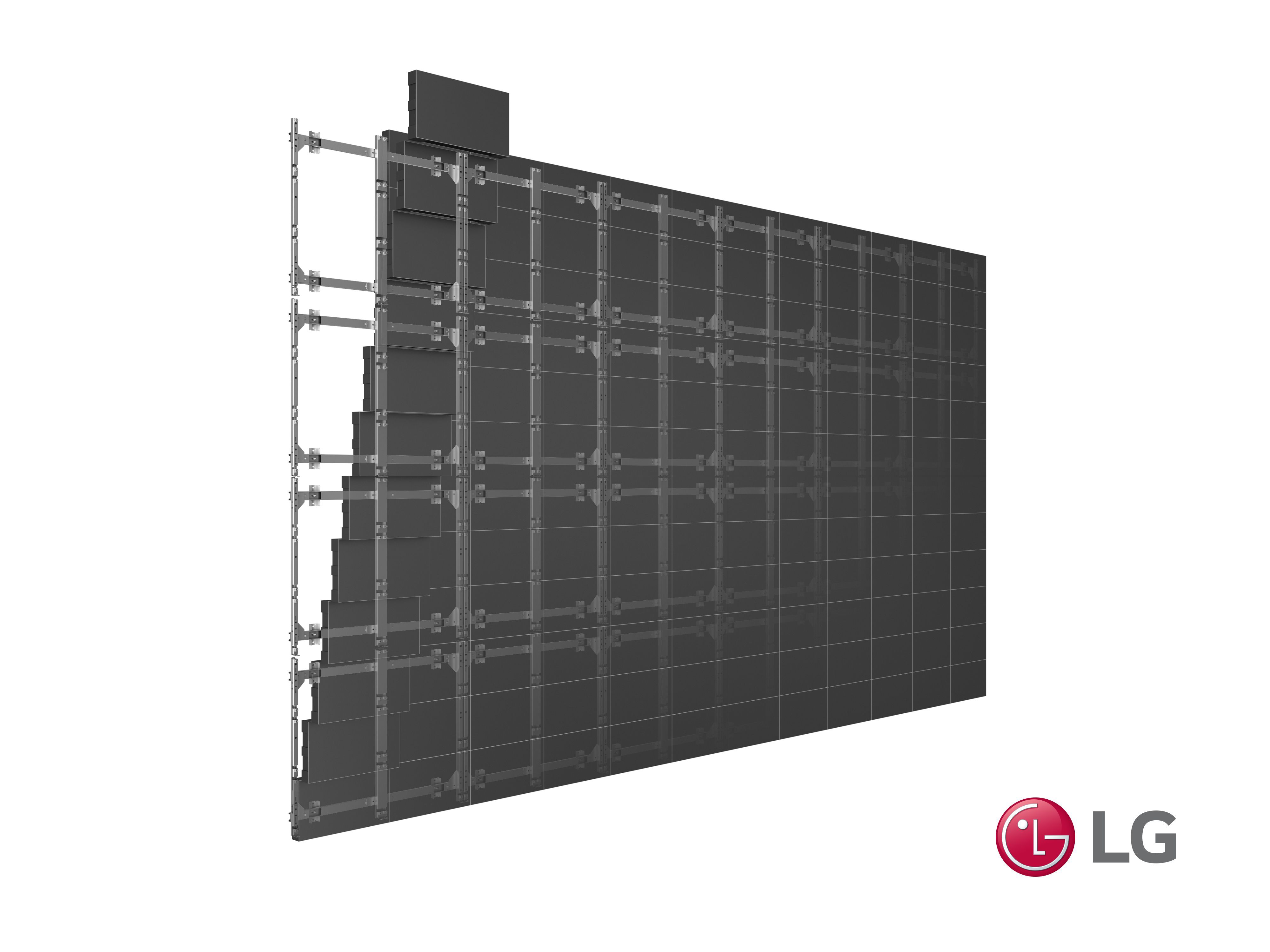Investigating the Key Elements That Influence Color Uniformity in LED Panel Screens for Optimal Display Output
Investigating the Key Elements That Influence Color Uniformity in LED Panel Screens for Optimal Display Output
Blog Article
Hue consistency in light-emitting diode wall panels is crucial for attaining optimal visual performance. light-emitting diode wall panels are commonly used in various settings, including musical events, meetings, and advertising displays. When the hues on these panels are uniform, they create a more engaging and enveloping encounter for viewers. Several critical elements affect hue uniformity, including the caliber of the LED components, calibration processes, and environmental factors.
The caliber of the LED components plays a significant role in hue consistency. Different types of LEDs produce light at varying wavelengths, which can influence the overall color output. Premium LEDs are designed to generate a more uniform light range, leading in improved color accuracy. Additionally, the production process of these LEDs can affect their functionality. Screens made with high-grade materials and technology tend to have less color variations, ensuring that the displayed images and videos look vibrant and faithful to life.
Calibration is another crucial element in preserving hue consistency in LED wall screens. Tuning involves adjusting the configurations of the panel to make certain that the hues displayed match the desired design. This procedure can consist of fine-tuning brightness, differentiation, and hue balance. Regular calibration is essential, especially in settings where illumination factors change often. By calibrating the panels, specialists can fix any discrepancies in color result, resulting to a more uniform viewing encounter.
Environmental conditions also affect hue consistency in LED wall screens. Elements such as ambient light, temperature, and humidity can affect how hues are seen. For example, bright surrounding light can dull hues, making them appear less lively. Similarly, harsh heat can affect the performance of the light-emitting diodes, resulting to hue shifts. To mitigate these issues, it is crucial to install light-emitting diode wall screens in managed environments where lighting and temperature can be controlled efficiently.
Lastly, the layout and layout of the LED wall panels can affect hue uniformity. The arrangement of the screens, as well as the distance from which they are viewed, can create variations in hue recognition. When screens are placed too far apart or at different angles, viewers may detect discrepancies in hue. To achieve the best visual performance, it is important to take into account visit the website the positioning and arrangement of the screens during installation. By addressing these elements, operators can ensure that their light-emitting diode wall panels provide a consistent and high-quality optical encounter.